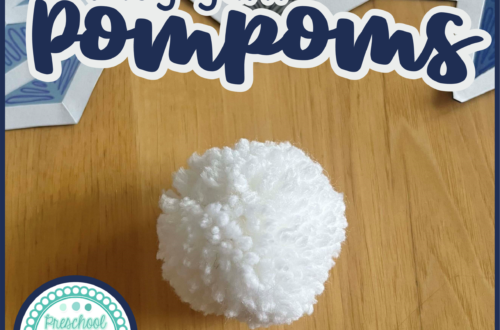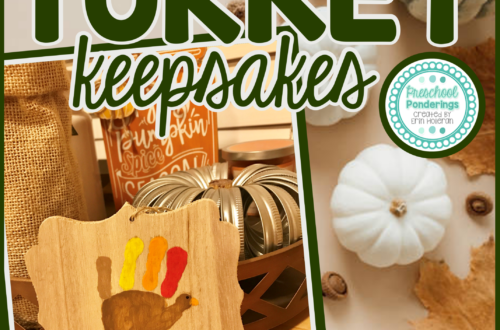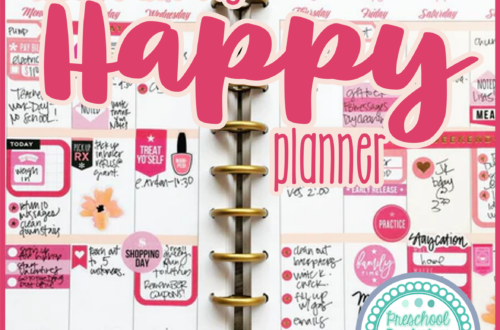Project Approach
-
Flashlight Play
If you’re looking for some fun activities that children will love, that incorporate science, and that may be just a little different than your typical preschool activities then flashlights might be just what you need. First things first, you’ll need enough flashlights for multiple children to use at once. There are a few ways to gather these; ask your families to bring in flash lights from their homes, visit the local hardware store and ask for a donation, or order a set from Oriental Trading. Once you’ve got your flashlights think about how you want to use them. Can you make your classroom dark enough for them to work well?…
-
Cloud art!
When it comes to art, I believe in giving children the materials and letting them do their thing. This is especially true if an art project also happens to be related to the project that we’ve been working on because I want them to have the opportunity to express their own understanding of the topic. I try to anticipate the materials that they will want, and I will often ask them to help me create a list a couple of days before we do the project so that I can make sure I have the items that they want or need. Here are some of the things that I collected…
-
Lesson planning with an emergent curriculum
Earlier this week I posted free lesson plan templates. One of the questions that I used to ask the most was “How are you supposed to plan ahead when you are implementing an emergent curriculum?!” I like to think of my lesson plan as a flexible outline. When I sit down to write my lesson plan, I start with the activities that I know the children want to explore – these are the experiences that support what I’ve been observing in the classroom. They’re related to the conversations I’ve heard and the questions that the children have been asking. They may use materials that the children have shown a particular…
-
Informal assessments: What do your students know?
Before you can start any kind of project or theme exploration it is important to know what your students already understand about that particular topic. You don’t want to teach them things they already know, but you do want to be able to build upon the current knowledge and understanding. So how do you find this information out? There are a number of strategies that you can use, and all are considered informal assessment. Ask them. This seems really simple, but, have you ever gone up to a preschooler and said “What do you know about the farm?” You probably get a blank stare, not because they don’t know anything,…
-
Becoming Young Thinkers
I’ve been doing a bit of a book study on Judy Harris Helm’s Becoming Young Thinkers. I wanted to share my favorite insights from the book with you, so I’ve been doodling the quotes that jump out at me. Here are my favorite quotes from the first chapter, you can see my favorites from the book’s introduction here. Of course, I completely forgot to photograph them before I started adding color, so I don’t have the black and white versions this time, but I will with the next set!
-
Documentation Display Ideas
Documentation panels are great for so many different purposes, but it can be really difficult to find enough space to display all of them and your students’ artwork, especially when you don’t have a ton of wall space in the classroom. Over the years I’ve gotten pretty creative when it comes to displaying documentation, and of course, one of my favorite places for inspiration is Pinterest. Here are some of the most innovative display ideas (many of these are for photos, but could easily be modified to accomodate artwork, work samples, or panels) that I’ve found – I especially love documentation displays that could tie in with the project itself,…
-
How to Create a Documentation Panel Using Power Point
I create all of my documentation panels using Microsoft Power Point, this might seem kind of strange, but I’ve found that it gives me the most freedom when moving and manipulating photos and text. I’m going to walk you through how I do it – and I don’t do tutorials because I always miss a photo or an important step, so it must be pretty easy if I’m doing the tutorial! I hope that my screenshots will make it easy for you to follow along, the first two steps are the most important, and the ones that I tend to forget, so if you can get these, the rest will…
-
Classroom Documentation – Know your audience
I’ve spent the last couple of days talking about the basics of documentation; why it’s important, and different kinds of documentation. Today I want to get a little deeper, so I’m going to talk about defining your audience and directing your documentation to the intended audience. When I post documentation I consider two distinct audiences; adults (parents, family members, lab students, school staff), and my students. I do things very different for each audience, because they respond to different kinds of documentation. When I want to draw adults to documentation I place it at eye level for an adult. I am more likely to create panels for adult viewing, because…
-
Types of Documentation
Yesterday I talked about why documentation is so important in the classroom, so you know what it does, but it’s also important to get a grasp on what documentation is. The way that it has been best explained to me is that documentation tells the story of the children’s learning. This means that anything that shows evidence of the learning process can be considered documentation. Documentation generally falls into two categories; Documentation Panels: These are professional works created by a teacher to showcase specific learning experiences. They generally include photos taken by the teacher during the investigation and captions or a description of the experience. Panels are created to be…
-
Book Talk Tuesday – All things Reggio
One of the things that I am most looking forward to this week at the NAEYC Conference is hearing from the experts. I am always looking to further my understanding of different philosophies, especially Reggio Emilia and the Project Approach. I’ve implemented both of these approaches in my classroom and teaching this way has fundamentally changed my relationships with my students. They know that I respect them as my partners in teaching and learning, and that I want them to work to find the answers to their own questions. They also know that they can count on me to support their efforts, and to encourage them to look at things…








